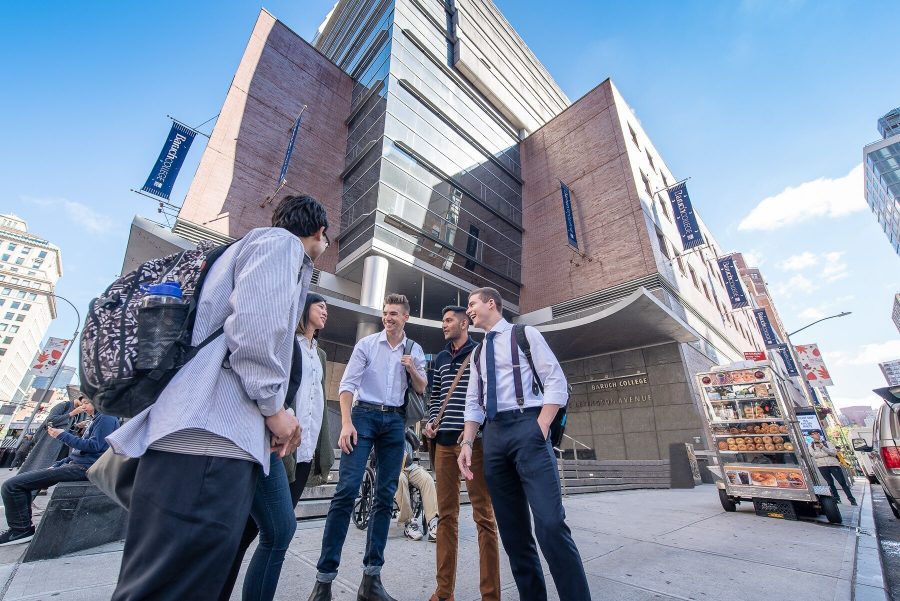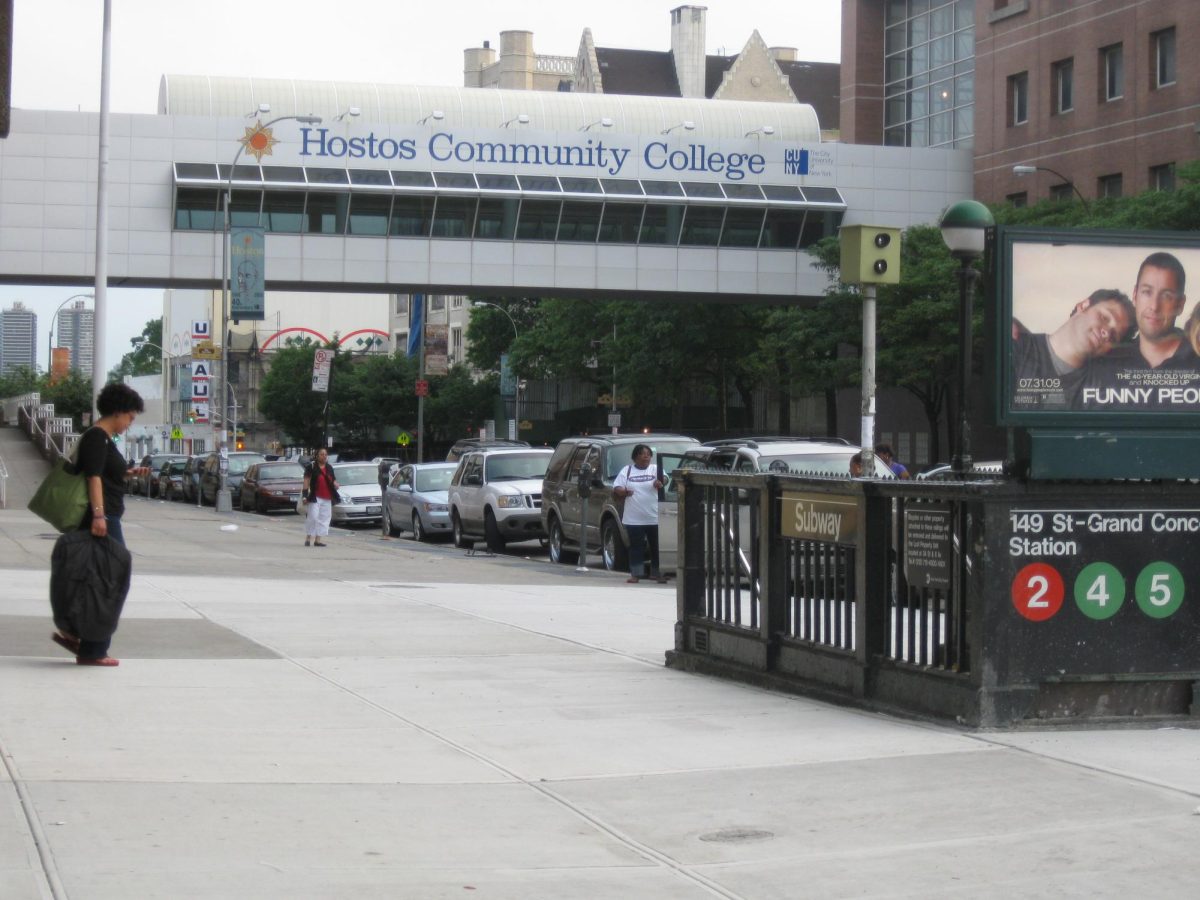According to Baruch’s website, the college, “consistently ranks among the top ten schools by Washington Monthly.” Just last year, Baruch also earned the top spot on their “Best Affordable Elite Colleges” list.
Washington Monthly publishes an annual list of schools, “which is laser focused on showing which colleges do a good job promoting social mobility — and which don’t.”
Because the U.S. Department of Education did not update their data on colleges this year, the magazine relied on the data for median earnings and student loan repayment rates from last year.
The magazine analyzed 1,469 public, private non-profit and for-profit colleges, and such rankings consisted of three categories: research and community, social mobility and national service.
Schools at the top of the list, according to Washington Monthly, “needed to be excellent across the full breadth of our measures, rather than excelling in just one.”
Baruch was also joined by various notable institutions.
“In the Northeast, four Ivy League universities and MIT are joined in the top 10 by Goddard College, the Massachusetts Maritime Academy, Bentley University, the City University of New York’s Baruch College and Rutgers University–Newark,” the article stated.
The social mobility portion of the survey is what determined the national “Best Bang for the Buck” rankings.
The Washington Monthly reported that it rewarded colleges based on, “how well they serve the country as a whole—by recruiting and graduating non-wealthy students, encouraging student activism and producing research and technologies that create high-paying jobs and address threats like climate change.”
The magazine determined Baruch’s graduation rate over the past eight years to be 68%, a 3% gap between Pell and non-Pell graduation rate, a 50% first-generation population of students, and a median earnings 10 years after entering college of $56,973.
The article attributed Baruch’s top-ranking spot to these statistics.
“Typically, during recessions, more Americans enroll in colleges and universities in an effort to boost their job prospects,” the magazine stated. “We may not see enrollments increase until after the public health crisis passes—which could take a year or two—but millions of Americans are doubtlessly thinking ahead to what colleges can do for them.”
Upon analyzing Baruch, Washington Monthly reported that, “At Baruch College, low-income students with Pell Grants graduate at essentially the same rate as their wealthier peers. And the cost of attending is reasonable; for a student from a household earning less than $75,000, Baruch has a net price of $2,789 per year. This is what an engine of social mobility looks like.”








